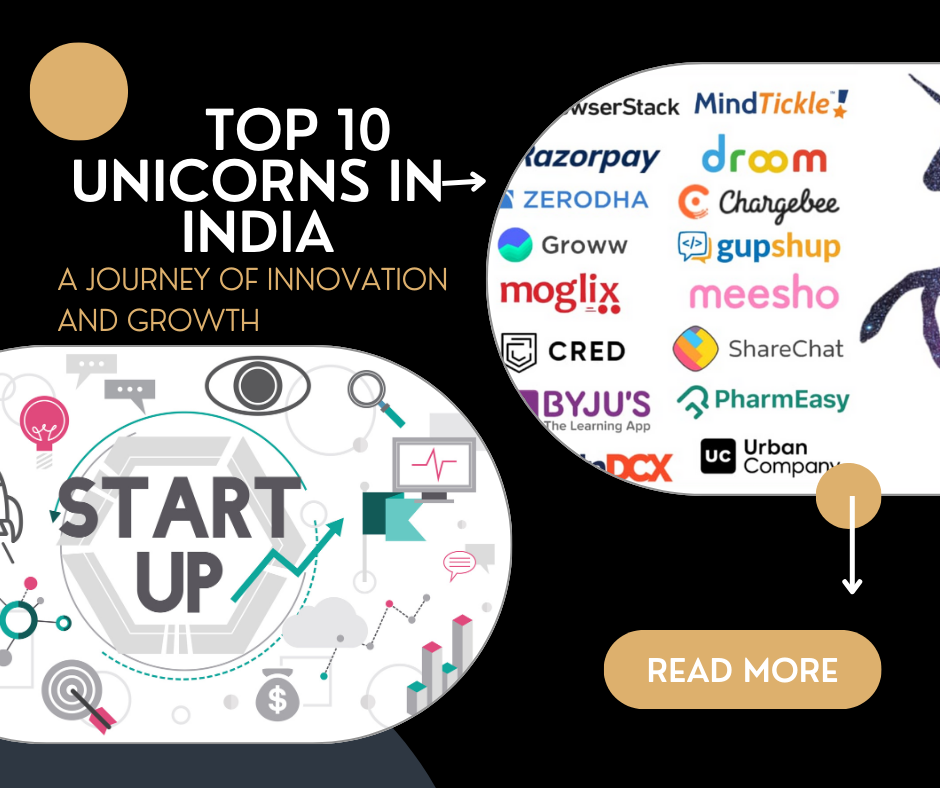
In a significant development for India’s fintech landscape, Paytm, one of the country’s leading digital payment platforms, has recently received regulatory approval to resume its payments growth strategy. This decision comes after intense scrutiny and regulatory challenges, positioning Paytm to reclaim its role as a key player in the rapidly evolving payments ecosystem.
Background: The Rise of Paytm
Founded in 2010 by Vijay Shekhar Sharma, Paytm initially started as a mobile recharge platform but quickly expanded into a comprehensive financial services ecosystem. It offers services including digital payments, e-commerce, and financial products like insurance and loans. With over 350 million registered users, Paytm has promoted digital transactions in India, particularly following the government’s demonetization initiative in 2016.
However, the company faced challenges in 2020 when it went public with an IPO that fell short of expectations, leading to a decline in its stock price. Following this, the Reserve Bank of India (RBI) imposed restrictions on Paytm Payments Bank, focusing on compliance issues. The company’s growth trajectory was hindered, prompting concerns over its ability to innovate and compete in the crowded payments space.

The Approval: A Turning Point
The recent approval from the RBI to resume its payments growth strategy marks a turning point for Paytm. This green light allows the company to expand its offerings and improve its services, which is crucial for regaining consumer trust and market share.
Key Aspects of the Approval:
- Regulatory Compliance: The approval signifies that Paytm has addressed the concerns raised by the RBI regarding compliance and operational practices. This is a critical step in restoring confidence among users and investors.
- Expansion of Services: With the approval, Paytm is now poised to enhance its payment infrastructure, introduce new features, and expand its merchant services. This could include innovations in QR code payments, contactless transactions, and integration with e-commerce platforms.
- Increased Competition: The approval not only benefits Paytm but also intensifies competition in the digital payments space. Rivals like PhonePe, Google Pay, and others will need to innovate continuously to maintain their market positions.
The SAMRIDH Scheme: A Game Changer for Tech Startups in India
The Future of Digital Payments in India
Growth Prospects
The digital payments market in India is projected to grow significantly in the coming years, fueled by increasing smartphone penetration, internet accessibility, and a growing preference for cashless transactions. According to industry reports, the digital payments market is expected to reach $1 trillion by 2025. Paytm’s ability to capitalize on this growth will depend on its strategy and execution.
Focus on Financial Inclusion
One of the critical aspects of Paytm’s business model is its commitment to financial inclusion. By offering services to unbanked and underbanked populations, Paytm can tap into a vast customer base that has traditionally been excluded from the formal financial system. This aligns with the Indian government’s initiatives to promote digital literacy and financial inclusion.
Leveraging Technology
As fintech evolves, Paytm must leverage advanced technologies such as artificial intelligence (AI) and machine learning (ML) to enhance user experience and security. These technologies can help in fraud detection, personalized marketing, and optimizing transaction processes. By investing in technology, Paytm can differentiate itself from competitors and provide added value to its users.
Challenges Ahead
While the approval is a significant win for Paytm, several challenges remain:
- Regulatory Scrutiny: The fintech industry in India is under increasing regulatory scrutiny. Paytm must ensure continuous compliance with regulatory requirements to avoid future setbacks.
- Intense Competition: The digital payment landscape is highly competitive, with several players vying for market share. Paytm will need to innovate constantly and offer superior services to stay ahead.
- User Trust: Building and maintaining user trust is crucial. Paytm must focus on transparency, security, and customer service to regain consumer confidence after the regulatory challenges it faced.
Conclusion
India’s Paytm has navigated a tumultuous period in its journey, but the recent approval to resume payments growth heralds a new chapter for the company. With a focus on compliance, innovation, and customer-centric services, Paytm is well-positioned to capitalize on the burgeoning digital payments market in India.
As the landscape evolves, Paytm’s success will depend not only on its ability to expand its offerings but also on its commitment to financial inclusion and user trust. The next few years will be critical for Paytm as it seeks to reclaim its position as a leader in the digital payments space and contribute to India’s vision of a cashless economy.
For consumers and merchants alike, this development signifies a promising future for digital transactions in India, paving the way for a more inclusive and efficient financial ecosystem.





























